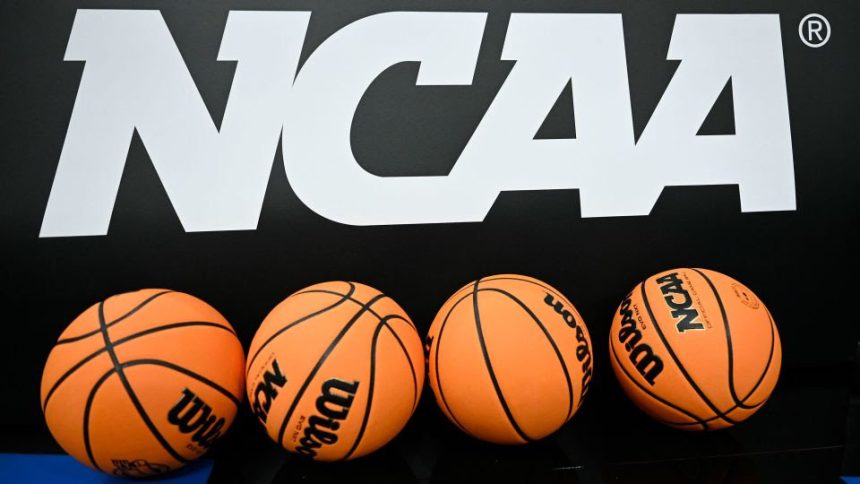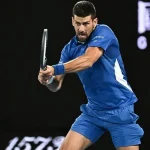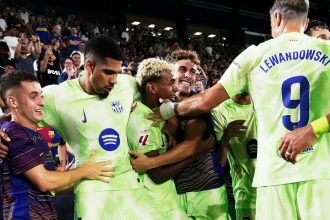A federal judge in the United States has approved what many consider the most significant transformation in the history of college athletics, allowing schools to start paying their athletes millions as early as next month.
CNN reported that this decision marks the dismantling of the century-old amateurism model that has long governed college sports.
Nearly five years after Arizona State swimmer Grant House filed a lawsuit against the NCAA and its five largest conferences to remove restrictions on revenue sharing, U.S. Judge Claudia Wilken has given the green light to the final settlement, which had been stalled due to disputes over roster limits.
This is just one of numerous changes unfolding amid fears that thousands of walk-on athletes could lose their opportunities to compete.
The comprehensive House settlement permits each institution to distribute up to $20.5 million to athletes within the upcoming year, and includes a $2.7 billion payout over the next decade to thousands of former players who were previously excluded from sharing in the revenue.
This agreement ushers in a monumental shift for hundreds of schools that must now confront the reality that their athletes, particularly in football and basketball, are the driving force behind the billions generated from TV and other sources that sustain the industry.
The extent of these changes is vast and challenging to fully grasp. The move toward the professionalization of college sports will be evident in the intense, costly recruitment battles for top-tier prospects bound for the NFL and NBA.
It will also affect athletes whose programs face cuts as schools adjust. Nearly every one of the NCAA’s 1,100 member schools, with nearly 500,000 athletes, will feel the impact.
“Approving the agreement reached by the NCAA, the defendant conferences and student-athletes in the settlement opens a pathway to begin stabilizing college sports,” NCAA President Charlie Baker said.
The Path to Settlement
Judge Wilken’s ruling comes 11 years after she first challenged the NCAA’s amateurism principles in a landmark case favoring former UCLA basketball player Ed O’Bannon and others seeking compensation for the use of their name, image, and likeness.
That term is now a staple in college sports vocabulary alongside “March Madness” and “Roll Tide.”
It was only four years ago that the NCAA authorized NIL earnings, but the current changes dwarf that development.
Wilken gave preliminary approval to the settlement last October, sparking a scramble among colleges to determine funding strategies and how to manage an evolving industry that allows athletes to negotiate deals with third parties, provided those deals meet compliance standards enforced by a newly created group of Deloitte auditors.
This agreement shifts much of the regulatory power away from the NCAA and toward the four major conferences, the ACC, Big Ten, Big 12, and SEC, which dominate the College Football Playoff, the sport’s largest revenue source, and operate independently of the NCAA’s control over events like March Madness.
Roster Limits Delay the Deal
Though the deal seemed imminent since last fall, Judge Wilken paused its approval after hearing concerns from players who lost roster spots due to new roster limits imposed as part of the agreement.
These limits were a trade-off allowing schools to offer scholarships to all rostered players, a departure from the previous model that restricted scholarships to only some.
Anticipating approval, schools began cutting walk-ons to comply with these new limits.
Wilken requested a resolution, and after weeks of discussion, the parties agreed that any player cut from a roster, now called a “Designated Student-Athlete”, would be able to return to their former school or transfer to a new one without counting against roster caps.
Ultimately, Wilken sided with this solution, addressing objections point-by-point.
“The modifications provide Designated Student-Athletes with what they had prior to the roster limits provisions being implemented, which was the opportunity to be on a roster at the discretion of a Division I school,” Wilken wrote.
Her decision took nearly a month to finalize, leaving schools and conferences uncertain if their extensive preparations would come to fruition.
“It remains to be seen how this will impact the future of inter-collegiate athletics, but as we continue to evolve, Carolina remains committed to providing outstanding experiences and broad-based programming to student-athletes,” said North Carolina athletic director Bubba Cunningham.
Winners and Losers
The ramifications are complex, producing clear winners and losers.
The beneficiaries include football and basketball stars at prominent schools, which will allocate much of their new revenue to attract and retain these high-profile athletes.
For example, Michigan quarterback Bryce Underwood reportedly secured an NIL deal worth between $10.5 million and $12 million.
On the losing side are many walk-ons and athletes on partial scholarships who have lost roster spots.
The settlement’s recent adjustment allows these players a chance to return to their schools after being cut in anticipation of the new rules.
Olympic sports and the athletes involved also face uncertainty, with many programs being cut or downsized despite their crucial role in supplying U.S. Olympic medalists for decades.
Still, the lawyers behind the settlement argue these sacrifices are necessary to put more money in the pockets of the athletes whose efforts fuel the multi-billion-dollar college sports industry, from football season kickoff through March Madness and the College World Series.
Ongoing Challenges
While this agreement standardizes several aspects of college sports, it does not end the legal battles. State laws governing NIL differ widely, which may trigger further lawsuits.
NCAA President Charlie Baker has consistently advocated for federal legislation to unify the rules under a single framework, which would ideally include antitrust protections to safeguard the new model from future disruption.







